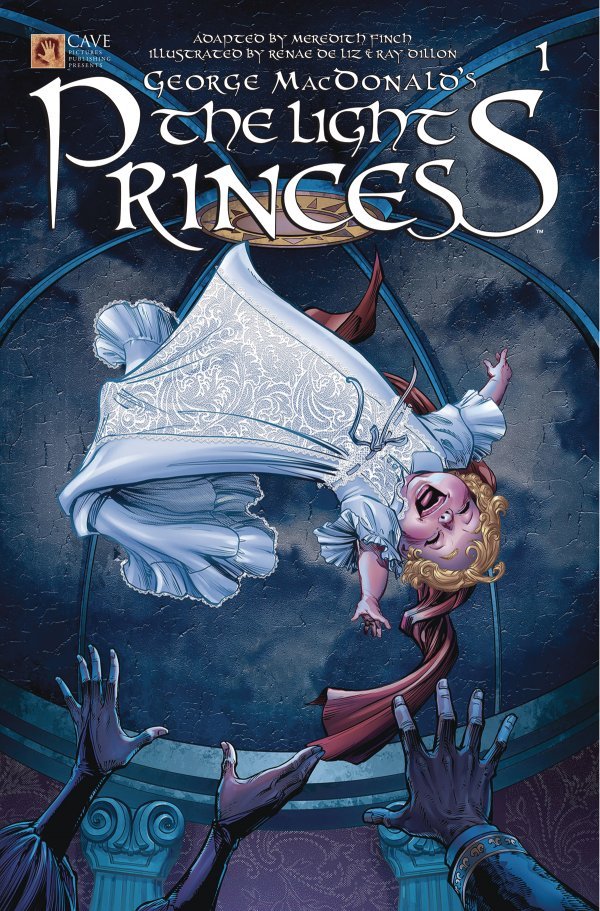SEMINAR: “The Language of Grace? The Action of God’s Love in Poetry and Art”: On February 6 at 6 p.m., as part of the Catholicism and the Arts York initiative, St. Wilfrid’s Church in Duncombe Place, York, will be hosting back-to-back talks: “Grace and the Poetics of David Jones” by Dr. Elizabeth Powell and “Full of Grace? The Desire of Art for God” by Katherine Hinzman.
+++
ALBUM FUNDRAISER: Love Secrets by John Mark Pantana: I really enjoyed Pantana’s 2017 debut album, Mighty Grace, so I jumped at the opportunity to support his next project on Indiegogo: Love Secrets. His voice is so soothing! So are his original lyrics, all about God’s love and grace. Visit him at https://www.johnmarkpantana.com/, and listen to one of the songs from his upcoming album, “Abba,” below. Fundraising campaign ends February 9.
+++
EXHIBITIONS
I love the curatorial approach of these two current exhibitions, which bring art from the Middle Ages or Renaissance into conversation with contemporary art. Rather than doing this to prove a disjunction sparked by modernity, the curators stress continuity between the artists of yesterday and today.
“Make It New: Conversations with Medieval Art,” Bibliothèque nationale de France (National Library of France), Paris, November 5, 2018–February 10, 2019: Curated by Dutch artist Jan Dibbets, “Make It New” explores the relationship between works of contemporary art and the medieval art of Raban Maur (Hrabanus Maurus), a ninth-century monk from Fulda, Germany, and a major figure of the Carolingian renaissance. The centerpiece of the exhibition is Raban Maur’s De laudibus sanctae crucis (In Praise of the Holy Cross), a Latin manuscript comprising twenty-eight highly sophisticated poems whose letters are arranged in simple grids over colorful, geometric cross patterns. At the BnF, these compositions are placed in dialogue with thirty-plus works by some of today’s minimalist, conceptual, and land artists, including Sol LeWitt, Carl Andre, François Morellet, Niele Toroni, and Franz E. Walther, stressing similarities in form, color, proportion, and perspective. [press release (English)] [compilation of Maur images]
The original figure poem cycle was produced around 810 at the scriptorium in Fulda, and Raban Maur had a hand in making at least five other copies during his lifetime (of which France’s National Library owns two: Lat. 2423 and Lat. 2422); seventy-four additional copies from the Middle Ages are extant. The Burgerbibliothek Bern in Switzerland has digitized its early eleventh-century copy (Cod. 9), and it’s really fascinating! Full-resolution downloads are enabled. According to the Benedictine abbot Odilo of Cluny, “no work more precious to see, more pleasing to read, sweeter to remember, or more laborious to write can or could ever be found.” I don’t know Latin, but visually, I can really appreciate these fine pages. I was hoping to find more information about the work but could really only find a single French lecture given back in 2007 by Denis Hüe, a professor of medieval and Renaissance language and literature at the Université Rennes 2 Haute-Bretagne.
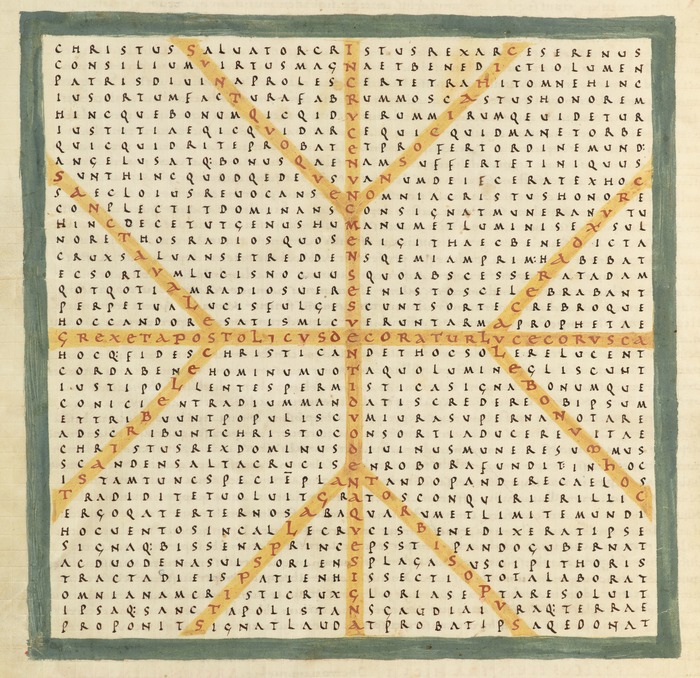

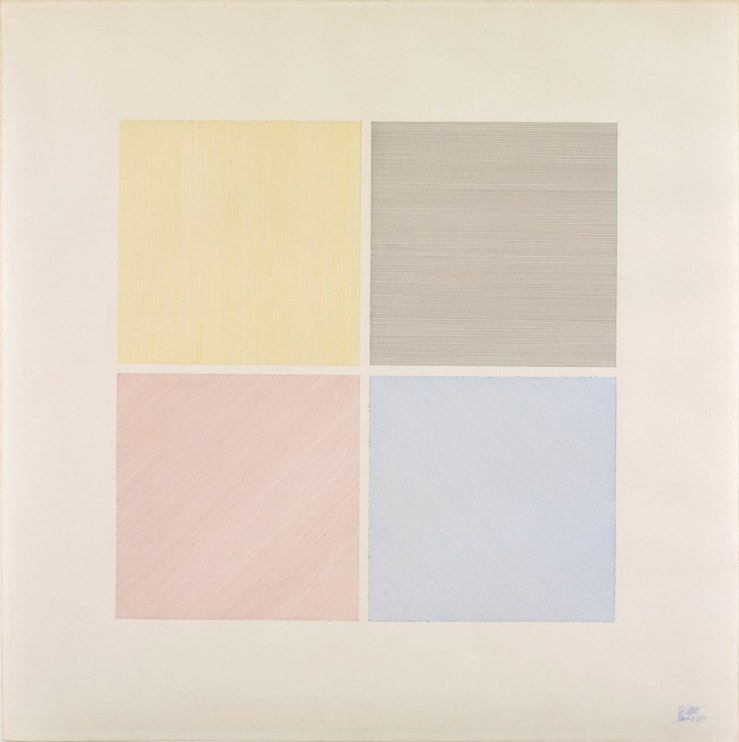

“Bill Viola / Michelangelo: Life, Death, Rebirth,” Royal Academy of Arts, London, January 26–March 31, 2019: When pioneering video artist Bill Viola saw a collection of Michelangelo’s exquisite drawings at Windsor Castle in 2006, he was astonished by the Renaissance master’s expressive use of the body to convey emotional and spiritual states. Here the two artists are exhibited side by side, showing their common grappling with life’s fundamental questions, albeit in vastly different mediums. “Both artists harness the symbolic power of sacred art, and both show us physical extremes and moments of transcendence.” Among the twelve major installations from Viola, spanning his career, is Tristan’s Ascension (The Sound of a Mountain Under a Waterfall), a sixteen-foot-high projection depicting the ascent of the soul after death.
For February 16, the Royal Academy has organized a full day of events keyed to the exhibition, including poetry readings, a documentary screening, and a panel discussion with cultural historian Marina Warner, theologian Ben Quash, and artist Mariko Mori, titled “Art as fulfilment: the use of religion and spirituality in contemporary art.” Questions for the day include: Does art connect us? Can art be transformative or transcendental? Can art influence society—that is, change opinions or human behavior? Other offerings in addition to this program are a curator’s introduction on February 1, a short course on figure drawing, and a talk on the limitations and opportunities of digital art. Plus, the London Art Salon is hosting a talk on the exhibition by art historian Marie-Anne Mancio.
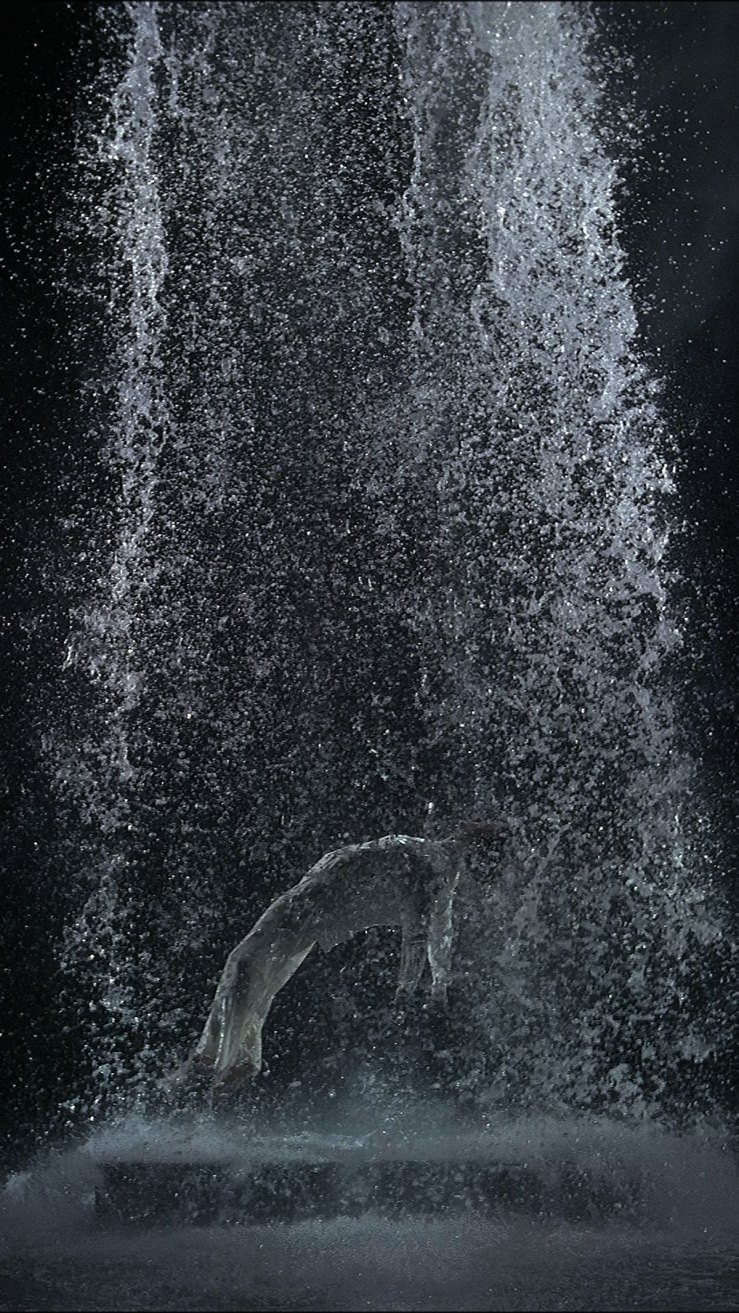
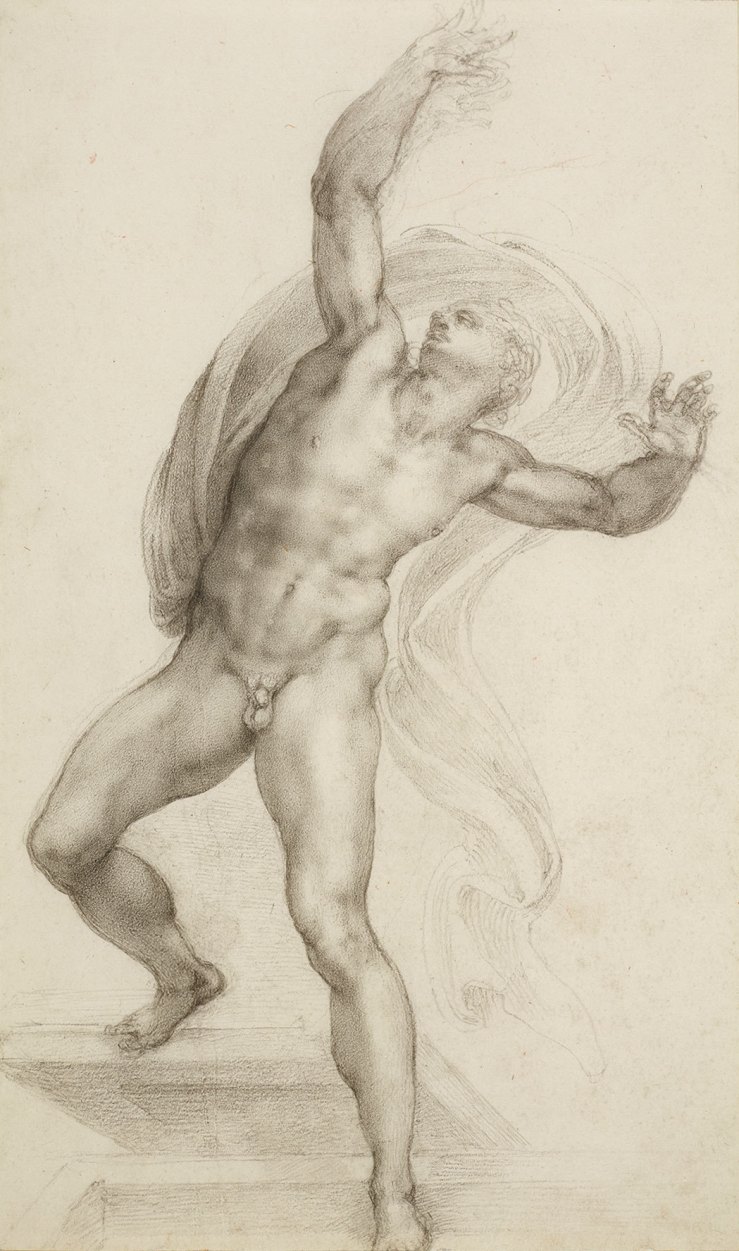
+++
NEW COMIC BOOK PUBLISHER: Cave Pictures Publishing, founded in fall 2018 by Mark Rodgers, is committed to the telling of “modern myths” that “speak to the soul” through comic books in the genres of action-adventure, sci-fi, historical fiction, and fantasy. Pitched for the spiritually inclined, the stories they publish “seek to make sense of our world . . . draw us toward the source of goodness . . . uncover what we worship.” Says Rodgers in a Hollywood Reporter interview: “Just as cave paintings were humanity’s initial attempt to process through the tough ultimate questions of human existence, we look at our stories as ‘sherpas of the soul,’ to contribute to the individual and collective human journey towards meaning and a greater reality,” the One True Myth. Read more about the company’s influences and aspirations in this Convivium essay. See also the interview in Sojourners.
One of their five inaugural series is The Light Princess, an adaptation of one of George MacDonald’s best-loved fairy tales, about a princess who is cursed with weightlessness and is only brought down to earth by a true, sacrificial love. MacDonald was a Scottish author, poet (e.g., here, here, and here), and Christian minister who deeply influenced C. S. Lewis and J R. R. Tolkien. Speaking of Tolkien, I’m really digging this quote of his on Cave Pictures’ website, which affirms the value of story: “Legends and myths are largely made of ‘truth,’ and indeed present aspects of it that can only be received in this mode. . . . Long ago certain truths and modes of this kind were discovered and must always reappear.”

